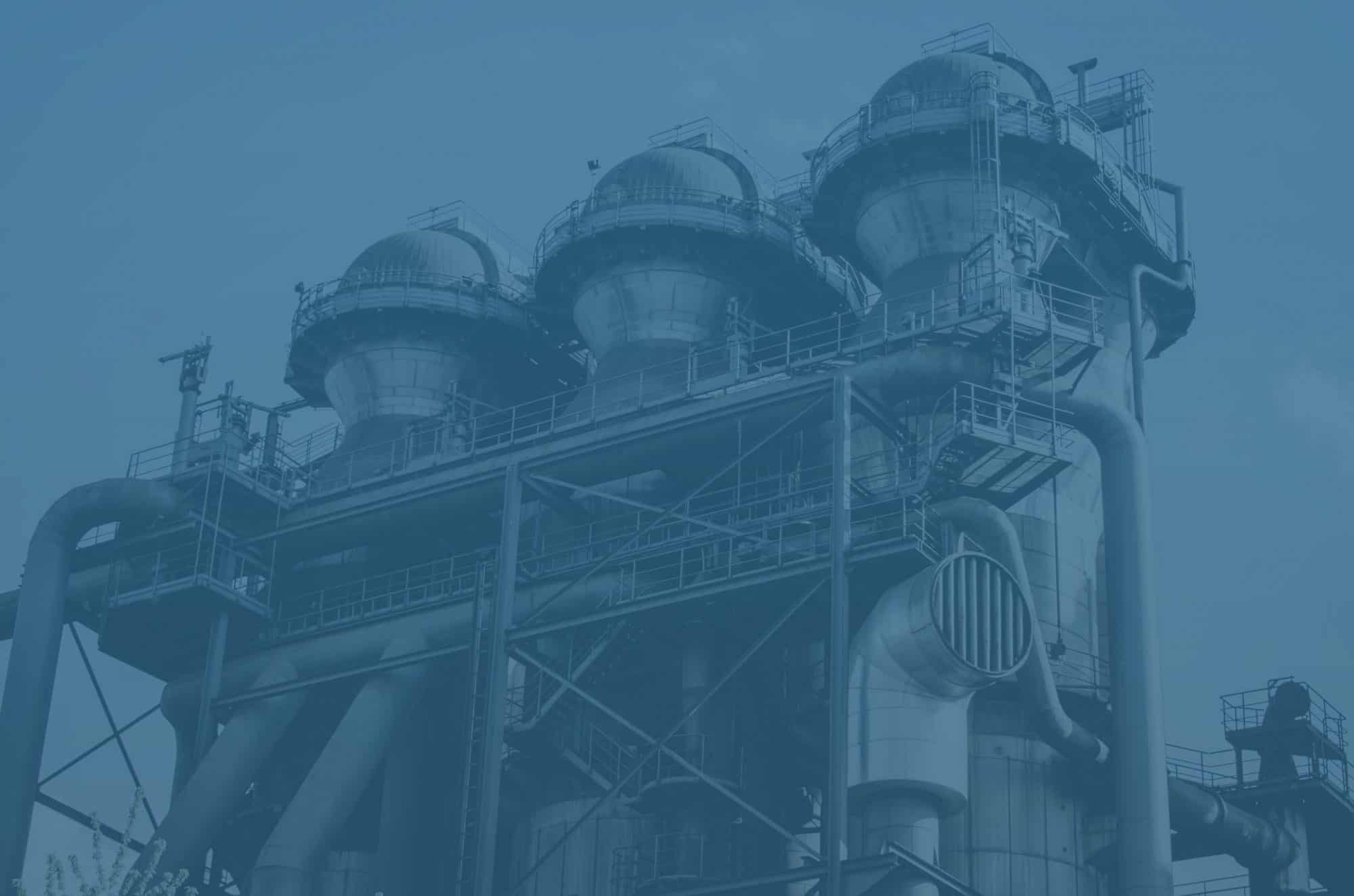Industrial facilities are some of the biggest producers of noise. This spells trouble for the people who work in and visit them, as well as neighbours and the environment. We have solutions that can help though. Ours is an establishment that works to provide high quality silencers. They include blow off silencer designs and many others. By attaching them to your machines, they will produce far less noise.
CCPPs have many noise sources
Inside of combined cycle gas power plants (CCPP), there are many noise sources. It’s necessary to address these so they can remain under the maximum noise level the plant’s allowed to have. So, silencers are very important.
In CCPPs, you’ll usually find silencers in every exhaust. These are silencer panels that you insert into the gas path, parallel to the flow. The exhaust system ductwork is employed to direct gas turbine exhausts through a silencer section. It also often stacks to the CCPP’s heat recovery system generator (HRSG). This provides extra efficiency, meets emission goals, and minimises noise.
It is not as common to have substantial silencing in the CCPP within the HRSG. Noise coming through your system is attenuated by the boiler tube rows. This minimises the demand for silencing compared to a straightforward cycle that lacks a HRSG for noise muffling. Even so, large combined cycle plants have massive, loud turbines. Thus, there is still the requirement for a type of silencer to follow the noise regulations.
Wear
Exhaust silences wear out too, as do other CCPP components and parts. When this happens, power plants must have experienced, reliable repair technicians to solve the problem. You can speak to us if you need products like a blow off silencer.
Similar to mufflers on cars, there are many ways gas turbine exhaust silencers can become damaged or worn out to the point they become worthless. These present noise issues as well. Moreover, there can be potentially hazardous problems for surrounding equipment and site personnel.
Gas turbine exhaust silencers can wear down gradually. Or, they can fail because of damage that happens all at once. The interior fill materials usually deteriorate slowly. In other situations like metal frame cracking, or supports failing, there can be sudden failure you need to attend to ASAP.
The interior sound absorption materials are porous by design. So, they are vulnerable to forceful gas turbine exhaust velocities and extreme heat. This results in deterioration over time. That is why it is vital for gas turbine exhaust silencers to be expertly and carefully designed structurally and thermally.
You have to consider a myriad of factors to correctly design silencers. This includes how they are created, design techniques, and materials. In many instances, silencers have been replaced thanks to unsuitable structural or thermal design. Furthermore, when stack silencers do fail, they can expel debris from the stack. This can endanger equipment and people in the surrounding area.
Mitigating silencer issues to prevent unplanned outages calls for detailed inspections. These are ones that you schedule frequently. This is to establish a baseline of current conditions. You can also create a timeline of necessary repairs. From there, you can schedule replacements, maintenance, and repairs to happen during usual plant downtime. This will save your plant money and time.
Come to us for a reliable blow off silencer or other models
At Ventx, we’re aware that silencers aren’t your everyday items. So, we offer people an easy way to source them. Thanks to our acoustic modelling software, we can design and manufacture the best solutions for every client.
So, if you need our help to design a blow off silencer or any other style, please let us know. We’d be happy to help reduce industrial noise.









